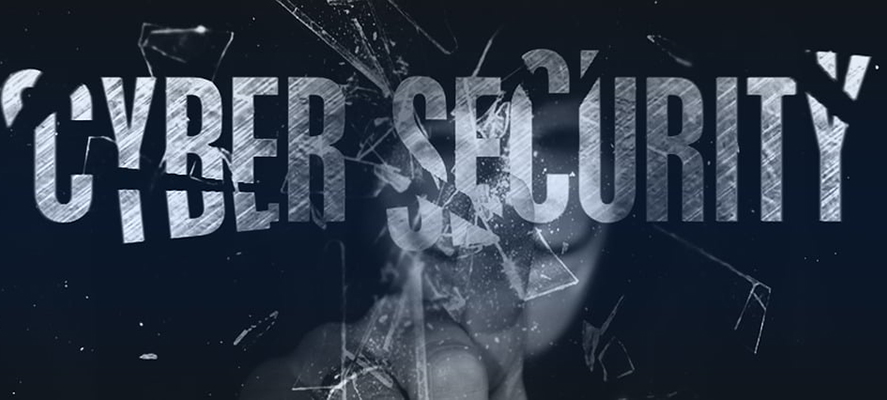Your 3-Step Guide to Cybersecurity
Cyber threats have unfortunately become part of our lives, posing a real and ever-present danger. Viruses, malware, spyware, ransomware, email scams, and phishing are just a few examples of malicious activities that fall under the umbrella of cybercrime. Cybersecurity is the practice of protecting individuals, families, businesses, and communities from these threats. By implementing various tools, actions, and educational initiatives, we can create layers of security to defend against cyber-attacks. Here’s a three-step guide to boosting your cyber awareness and cybersecurity. Are you ready?
Step One: Backups
Your data is one of your most valuable assets. Whether it’s personal photos, school reports, confidential business documents, or critical system files, losing data can be catastrophic. Without proper backups, you risk losing everything in the event of a cyber-attack, hardware failure, or accidental deletion.
Backups can range from simple solutions like USB drives to more comprehensive approaches such as cloud storage and on-premises managed backups. Here’s how to effectively manage your backups:
- Regular Backups: The frequency of your backups should match the frequency with which you modify your data. This could be daily, weekly, or monthly. Regular backups ensure that you can quickly and easily recover your data in the event of an issue.
- Multiple Backup Locations: To safeguard against localized issues (like a fire or theft), consider maintaining backups in multiple locations. For instance, you can use a combination of external hard drives for local backups and cloud services for offsite backups.
- Automated Backups: Automation reduces the risk of human error and ensures that backups are consistently performed. Most backup solutions offer automated options that can be scheduled to run at regular intervals.
- Testing Backups: Periodically test your backups to ensure that they are functioning correctly and that you can successfully restore your data. This step is often overlooked but is crucial for verifying the reliability of your backup solution.
By protecting your data with regular, automated backups stored in multiple locations, you can mitigate the risks associated with data loss and ensure that you’re always prepared to recover quickly from any disaster.
Step Two: Anti-Virus Software
The internet is a vast and largely unregulated space, rife with potential threats. Connecting your computer to the internet without adequate protection is akin to leaving your front door wide open in a dangerous neighborhood. Anti-virus software acts as a crucial layer of defense, providing endpoint security that guards against malicious attacks.
Here’s what to look for in effective anti-virus software:
- Real-Time Protection: Your anti-virus software should offer real-time scanning and protection. This means it actively monitors your system for threats and can block or quarantine malicious software before it causes harm.
- Regular Updates: Cyber threats are constantly evolving. Ensure that your anti-virus software is set to update automatically, so it has the latest virus definitions and can protect against new threats.
- Comprehensive Coverage: Good anti-virus software should protect against a wide range of threats, including viruses, malware, spyware, ransomware, and phishing attacks. It should also offer features like safe browsing and email scanning.
- User-Friendly Interface: The software should be easy to use, with a clear interface that allows you to perform scans, view alerts, and manage settings without difficulty.
- Performance Impact: The software should run efficiently in the background without significantly slowing down your computer.
By investing in reliable, up-to-date anti-virus software, you can create a strong barrier between your device and the multitude of threats that lurk on the internet. This software not only protects your data but also provides peace of mind by alerting you to potential risks and blocking harmful activities.
Step Three: Cyber Awareness Training
Even with the best tools and software, human error remains a significant vulnerability. Cyber awareness training is essential for equipping yourself, your family, your employees, and your community with the knowledge to identify and avoid cyber threats.
Here’s how to implement effective cyber awareness training:
- Identify Common Threats: Training should cover the most common types of cyber threats, such as phishing emails, social engineering attacks, and malware. Understanding these threats is the first step in recognizing and avoiding them.
- Recognize Red Flags: Teach users to identify the warning signs of a potential attack. This could include suspicious email addresses, urgent requests for personal information, unexpected attachments, and links to unfamiliar websites.
- Safe Online Practices: Emphasize the importance of safe online behavior, such as using strong, unique passwords for different accounts, enabling two-factor authentication, and avoiding public Wi-Fi for sensitive transactions.
- Regular Updates and Refreshers: Cyber threats are constantly changing, so ongoing education is crucial. Regularly update training materials and provide refreshers to ensure that everyone remains vigilant and informed about the latest threats.
- Simulated Attacks: Conducting simulated phishing attacks can be a practical way to test your training and identify areas for improvement. These exercises help reinforce training concepts and demonstrate the importance of vigilance.
By incorporating cyber awareness training into your security strategy, you empower everyone in your circle to act as a line of defense against cyber threats. This is as important for your family as it is for a Fortune 500 company. Educated users are less likely to fall victim to scams and more likely to report suspicious activities, thereby enhancing overall security.
Cybersecurity is a multi-faceted approach that involves safeguarding your data through regular backups, protecting your devices with robust anti-virus software, and educating yourself and others through comprehensive cyber awareness training. By following these three steps, you can significantly reduce your risk of falling victim to cyber-attacks and create a safer digital environment for yourself, your family, your business, and your community. In today’s world, staying vigilant and proactive is the key to staying secure.
Dijital Majik is here to help you on your technology journey. Contact us today to get started.

